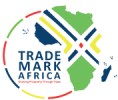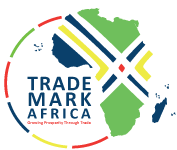October 3, 2017 (KAMPALA) – The South Sudanese President Salva Kiir has commended his Ugandan counterpart, Yoweri Museveni for the continued support and solidarity with his government. Kiir’s message, State House said, was delivered to Museveni by the South Sudanese army chief of general staff, General James Ajonga Mawut. At the meeting, which was held in Mbale town on Tuesday, Museveni and Ajonga reportedly discussed cooperation and training of the Ugandan army (UPDF) and the South Sudanese military (SPLA). Details of Tuesday’s discussions were, however, not divulged to the press. Uganda and South Sudan have long standing economic and security interests. Currently, Uganda is also hosting more than one million refugees fleeing from the violent conflict in South Sudan. The East African nation was one of the first countries that recognised South Sudan’s independence from Sudan in July 2011. Source: Sudan Tribune
S. Sudan’s Kiir commends Museveni’s continued support
Posted on: October 4, 2017
Posted on: October 4, 2017















